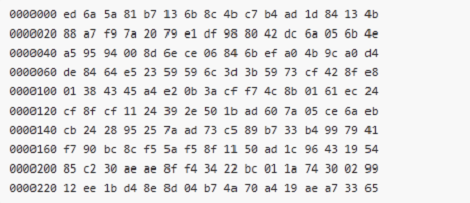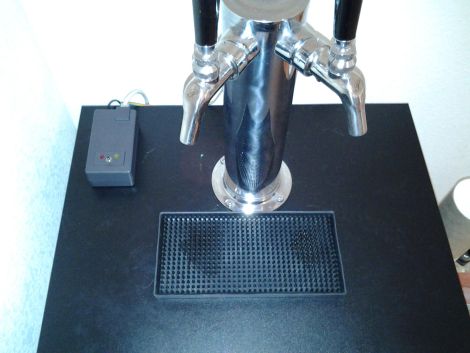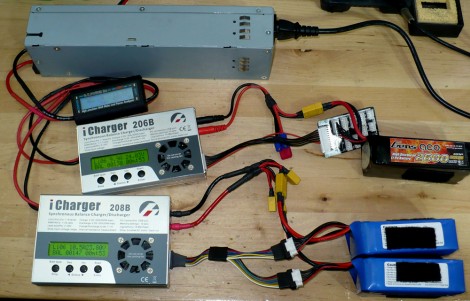
[Zach] sent in a project he’s been working on that brings hardware random number generators to common hardware you might have lying around. It’s called Whirlyfly and it turns an FPGA dev board into a hardware random number capable of outputting random bits over a USB connection at 3 Mbps.
Previously, the whirlygig ran on a custom CPLD that interfaced to a *nix box and provided high quality random numbers via /dev/hw_random. [Zach]’s efforts takes the core of the whirlygig and ports it to the very popular and inexpensive Papilio One FPGA dev board.
As for what [Zach] can do with his random number generator, it’s extremely easy to write a Monte Carlo experiment to approximate the value of π with a better accuracy than [Ptolemy] was able to muster 1900 years ago. There’s also the aspect of encryption, and – why you would do this we have no idea – making an uncompressable file is also possible.




















